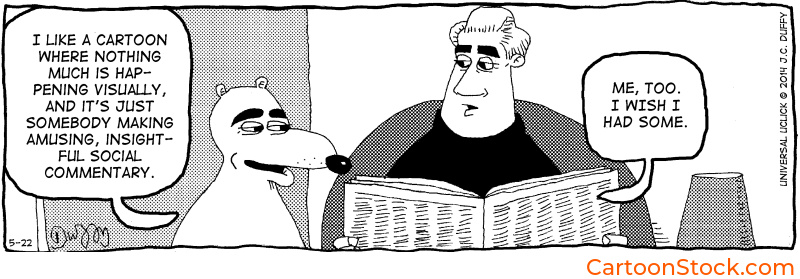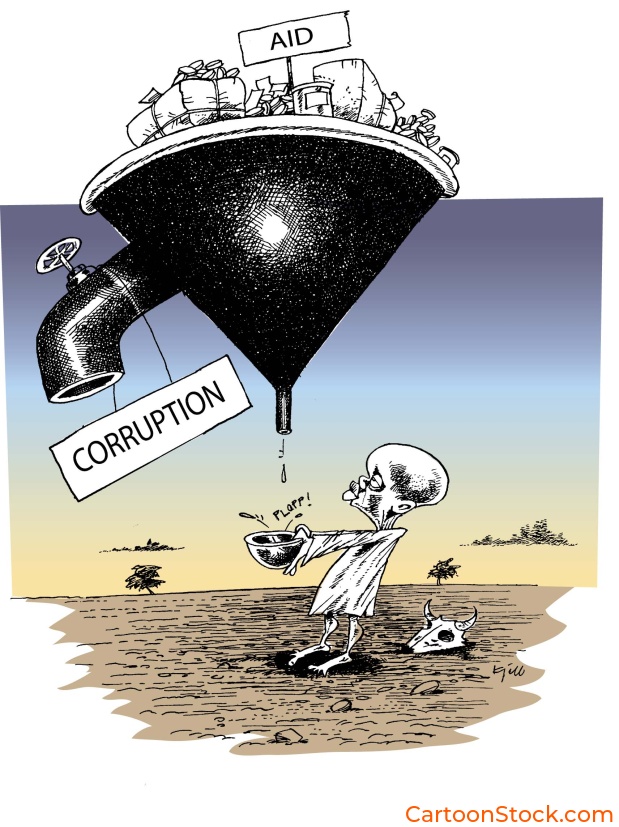How Editorial Cartoons Have Shaped Social Commentary Beyond Politics
Part of our History & Art of Cartoons guide
Editorial Cartoons—Not Just About Politicians
When you hear “editorial cartoon,” you might immediately think of a caricature of a prime minister, a controversial bill, or some barely-disguised animal labeled “Congress.” But editorial cartoons have long ventured beyond government affairs. They’ve tackled issues like poverty, climate change, education, mental health, gender identity, and technology.
The impact of editorial cartoons on social commentary reaches well beyond politics. In fact, their greatest power often lies in how they expose cultural truths that official reports can’t—or won’t—touch.
What Makes a Cartoon “Editorial”?
An editorial cartoon isn’t defined by the presence of a politician—it’s defined by a point of view.
These cartoons offer visual commentary on the world around us. While political cartoons make headlines, many editorial pieces focus on daily life, societal structures, and global injustices. They can be biting or compassionate, satirical or sincere. What they share is a sharp lens on human behavior and systems of power.
A Brief History of Editorial Cartoons as Social Mirrors
Editorial cartoons have always straddled the line between politics and culture. In the 19th century, cartoonists like Thomas Nast used their art to challenge corruption, but also to spotlight immigrant life, inequality, and education. Early British cartoons by James Gillray skewered not just monarchs but also social elites and public ignorance.
Over time, this tradition grew. From World War I posters to Depression-era panels and post-9/11 commentaries, cartoonists have used their pens to reflect and critique the world—not just its rulers.
Key Themes in Non-Political Editorial Cartoons
Editorial cartoons have explored major social issues with nuance, style, and humor. Key recurring themes include:
-
Climate change and environmental collapse
-
Public health and mental illness
-
Digital addiction and tech surveillance
-
Systemic racism and police reform
-
Gender identity, reproductive rights, and social equity
-
Education systems and generational gaps
These themes often appear as subtle metaphors, visual puns, or striking single images that frame the issue better than a thousand-word article ever could.
Case Study: A Cartoon That Crossed Borders and Boundaries
This cartoon by Kjell Nilsson-Maki critiques corruption in aid distribution. In 2016, it was one of CartoonStock’s best-selling cartoons and remains popular, with licenses continuing as recently as February 2025.
A powerful example of social commentary through editorial cartooning, the image distills a grim reality: vast sums of humanitarian aid are often diverted before reaching those in need. The funnel labeled “Aid” and the dripping spout marked “Corruption” speak volumes—visually and instantly.
This cartoon has been licensed across a range of non-political contexts, including:
-
Educational use
-
Advocacy by nonprofits focused on transparency
-
Commercial publications
-
Commercial websites
Its enduring relevance lies in how it compresses a complex global issue into a single, human image—one that is impossible to ignore.
Why Cartoons Work So Well for Social Commentary
So why do editorial cartoons remain so effective?
-
They simplify the complex: One image can express what paragraphs can only approximate.
-
They’re emotionally direct: Cartoons cut through jargon and appeal to the gut.
-
They’re disarming: Humor makes people drop their guard—then think harder.
-
They’re memorable and shareable: In the social media age, cartoons travel fast.
For these reasons, editorial cartoons remain one of the most accessible and influential forms of cultural critique available today.
Editorial Cartoonists as Cultural Critics
Not all editorial cartoonists aim for daily headlines. Many take on recurring themes—climate, identity, inequality—creating a body of work that reads like a graphic cultural diary.
These cartoonists are often sharp observers of social change. Through consistent, stylized commentary, they document the anxieties and shifts of a generation. Their work appears in books, galleries, academic journals, and advocacy toolkits—not just newspapers.
Some of the most resonant editorial voices today come not from political columns, but from cartoonists framing difficult conversations with clever ink and an unmistakable point of view.
Q&A: Editorial Cartoons and Social Commentary
Q: Do editorial cartoons always focus on politics?
A: Not at all. Many tackle cultural and social issues like climate, healthcare, education, or mental health.
Q: What issues do editorial cartoonists cover beyond politics?
A: Recurring topics include gender, technology, race, inequality, and the environment—often in more digestible and relatable ways than traditional journalism.
Q: Can cartoons influence social change?
A: Yes. Their clarity, humor, and visual power can shape public opinion, raise awareness, and spark action—especially when shared widely.
Looking Forward: Commentary in a Changing Medium
Editorial cartooning continues to evolve. Today’s cultural commentary may come in the form of an Instagram panel series, a webcomic, or even an animated GIF. But the essence remains the same: visual storytelling that critiques the world around us.
As new platforms emerge and issues grow more complex, cartoons will continue to help people make sense of what they’re feeling—and why it matters.
Cartoons That Cut Through the Noise
Editorial cartoons aren’t limited to elections and scandals. They’re cultural snapshots. They challenge norms, humanize abstract issues, and offer critique with a wink—or a gut punch.
By shaping how we see the world, they help shape the world itself.
Keep Reading
Curious about the broader influence of cartoons on culture?
Read: The Cultural Impact of Cartoons: More Than Just Funny Pictures
Related Posts
How Single-Panel Cartoons Became a Unique Art Form
The Cultural Impact of Cartoons: More Than Just Funny Pictures
The Evolution of Cartoon Art: From Hand-Drawn to Digital Cartoons



